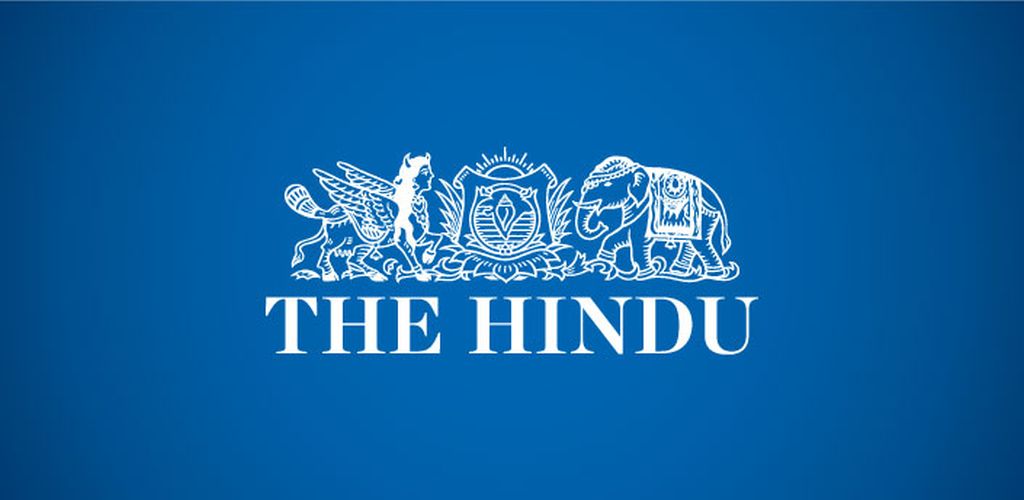The Hindu Editorial : The IS Challenge: 28/02/2017

The Hindu Editorial : The IS Challenge: 28/02/2017
What India should and shouldn’t do to stop the group from striking roots among its young
The arrest of two suspected Islamic State associates on Sunday from Gujarat once again raises the question whether the terrorist group is finding support in India. Coincidentally, the arrests happened the same day that Hafeezudin T.K., one of the 21 persons who went missing from Kerala last year and were believed to have joined the IS, was reported to have been killed in a drone strike in Afghanistan. If these allegations (a claim or assertion that someone has done something illegal or wrong) and reports are correct, it would show that the IS is gaining some influence at least among a handful of youth in India. In recent months, anti-terror officials have arrested young people from different parts of the country — in Kerala, Tamil Nadu, Telangana, West Bengal and Rajasthan. The IS thrives(Grow vigorously) on support from foreign jihadists, largely the young. Ever since the organisation declared a ‘Caliphate’ (Era) in 2014, it has attracted tens of thousands of fighters from around the world. It used two tactics — urging sympathisers(a person who agrees with or supports a sentiment or opinion) either to travel to Iraq or Syria, its strongholds, and join the war, or carry out terror attacks in their own countries after declaring allegiance (loyalty or commitment) to the ‘Caliph’ (The civil and religious leader of a Muslim state considered to be a representative of Allah on earth), Abu Bakr al-Baghdadi. India has remained largely insulated from this trend. The number of Indians to have joined the ranks of the IS is very small. According to a December 2015 report by the intelligence company Soufan Group, the number of Indians who have joined the IS was 23, compared to 760 from the U.K. and 150 from the U.S.
The IS’s puritanical (Morally rigorous and strict), one-size-fits-all brand of Islam hasn’t found much resonance in India. Given the syncretic (Relating to a historical tendency for a language to reduce its use of inflections) nature of Indian Islam, it is extremely difficult for groups such as the IS to become popular among Muslims, as it did in parts of Iraq and Syria. But lone- wolf (a person who prefers to act or be alone) attacks, inspired by the IS world view and tactics, could pose security risks. The IS is not recruiting people through local communities as in the case of other terror organisations or, as in Pakistan and Afghanistan, through madrasas (Muslim schools in Bangladesh and Pakistan). The IS’s medium is the Internet. It reaches out through online propaganda (Information). This is all the more significant at a time when the IS is under attack in its core territories and is desperate (loss of hope) to expand its reach beyond West Asia. Of late it has carried out major terrorist attacks in India’s neighbourhood — in Afghanistan, Bangladesh and Pakistan, including the deadly bombing at the Sehwan Sufi shrine in Sindh. This outreach to South Asia should worry India. To prevent the group from gaining a foothold on its territory, India needs high-level intelligence and counter-terror operations to continue. Equally important is better coordination between the state and Muslim religious leaders in countering radicalization (Revolutionary) and having in place specific de-radicalisation programmes, as western governments do. It is important to not let these isolated arrests be blown out of proportion to target the larger Muslim population, which right-wing elements often try to do. Bigotry (bigoted attitudes; intolerance toward those who hold different opinions from oneself) cannot be checked with bigotry.





